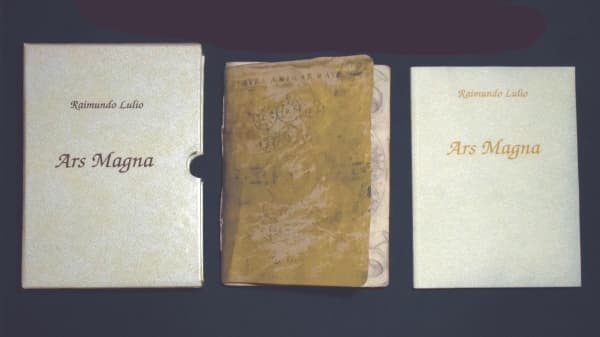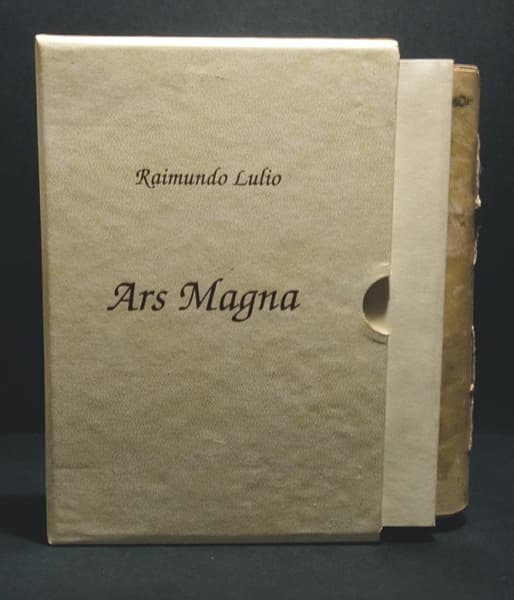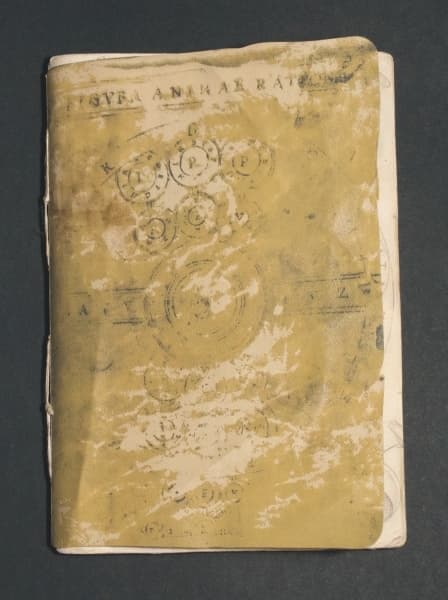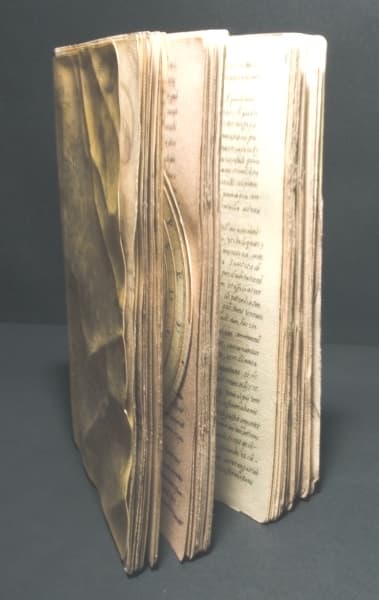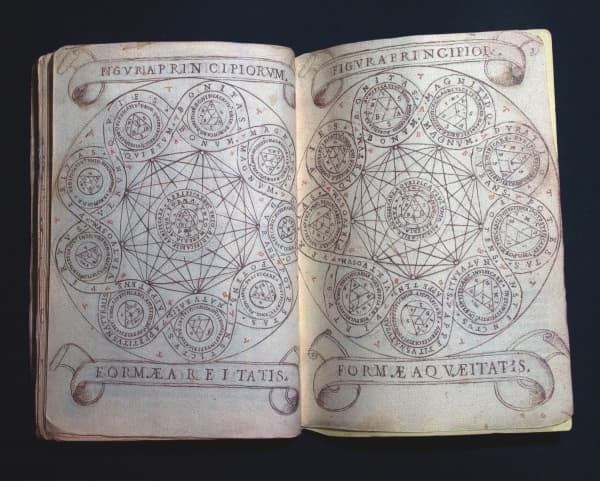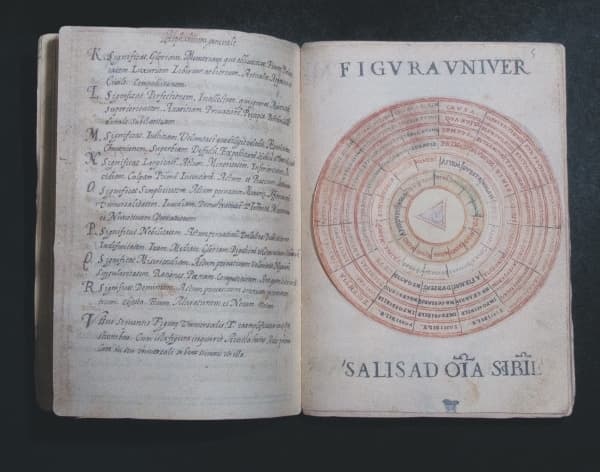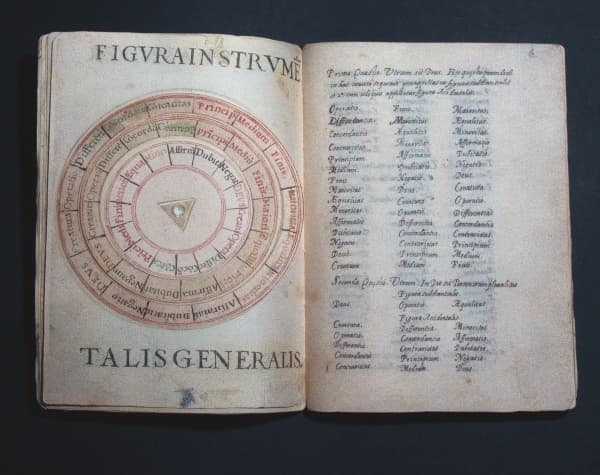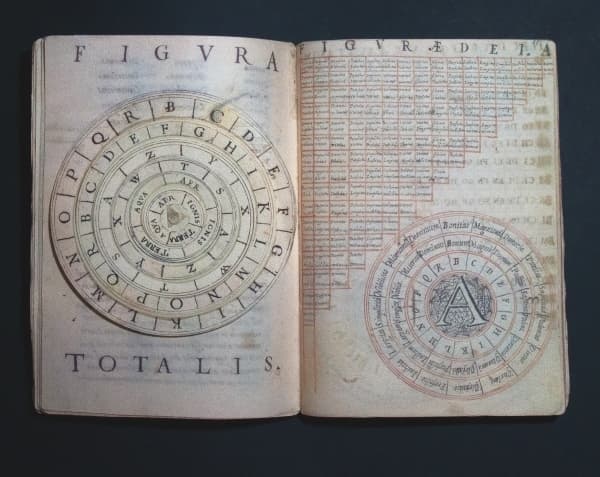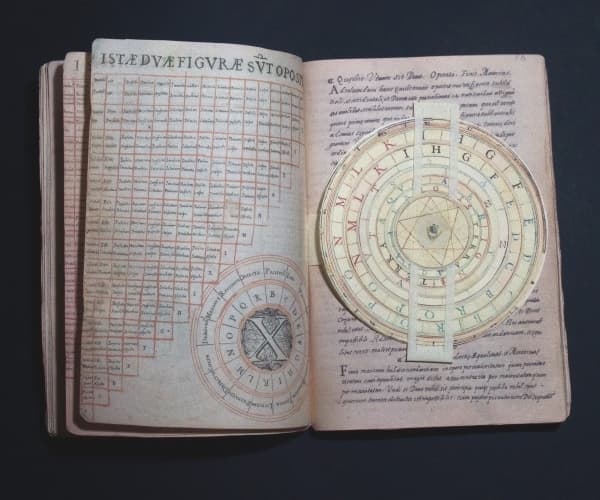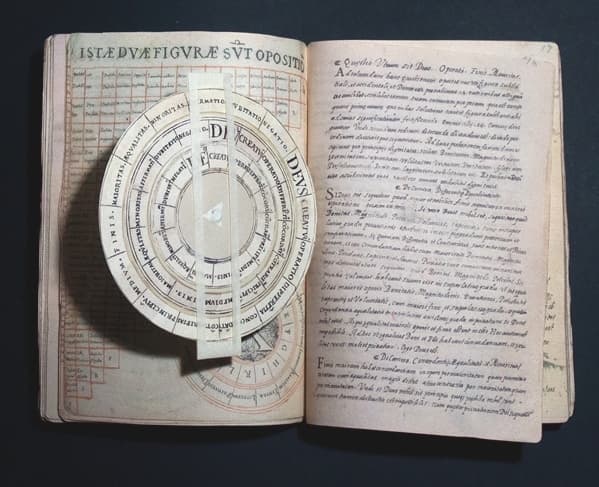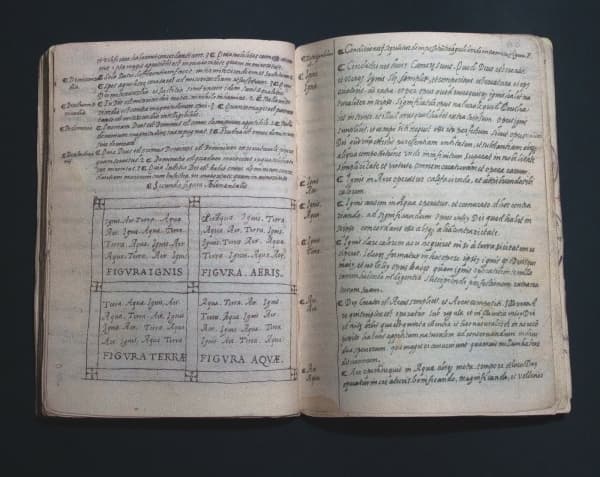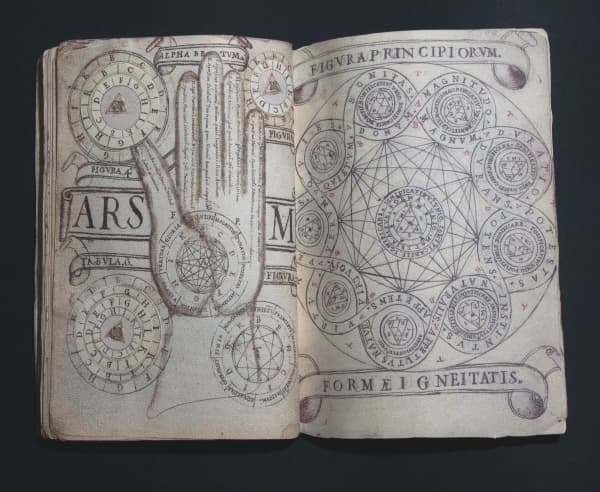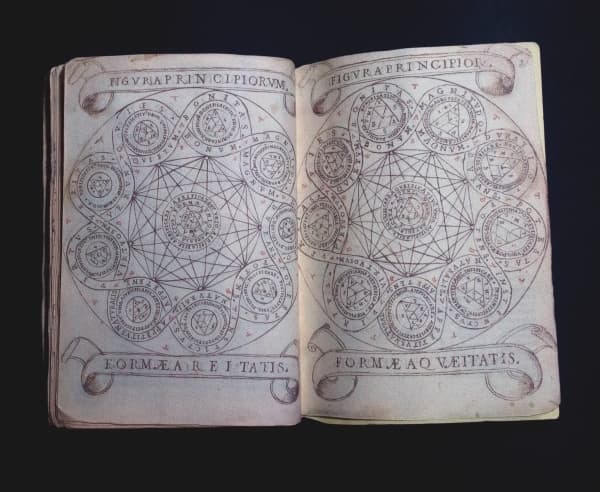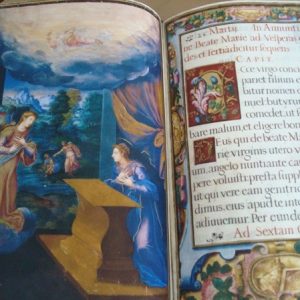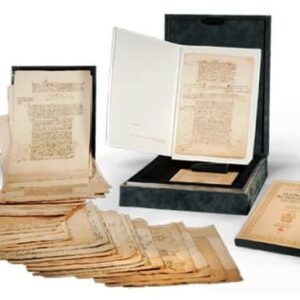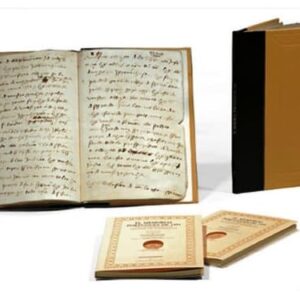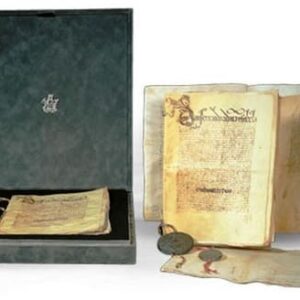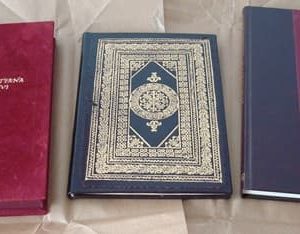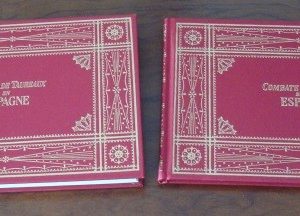Description
1990 facsimile edition of the work Ars Magna by Blessed Ramón Llull (ca. 1232-1316?). An interesting, mysterious, esoteric, philosophical and theological work. Original from the 16th century preserved in the El Escorial Library, sign. manuscript & .IV.6.
Ramón Llull and Ars Magna: the origins of thinking machines. In the 13th century Ramón Llull proposed the development of a machine called Ars Magna, capable of carrying out logical demonstrations to validate or refute theories. The Ars Magna was designed as a mechanical automaton that, theoretically, would demonstrate the validity of the dogmas of the Christian faith and even of the existence of God.
Artificial intelligence is something we associate with the modern era, however, although the foundations on which we leaned began to develop in the 1950s, the idea of developing “machines capable of automating processes” has much older origins. In the Middle Ages we found a pioneering figure who also considered that reasoning could be artificially implemented in a mechanical device: Ramón Llull, who could well be considered a precursor to artificial intelligence.
Although Llull’s literary and philosophical theme was the doctrines of the Catholic faith, inspired by the works of Roger Bacon, Ramón Llull ended up developing one of his key works (at least, from the perspective of engineering and artificial intelligence): the Ars Magna.
Ramón Llull died in 1315 (during the return of the last of his trips, which was destined for Tunisia). In that same year the Ars Magna was published. Its conception had come a few years earlier, specifically around 1275. In this work, Llull raised one of the first theses on automatic reasoning; that is, the development of a logical machine capable of validating or invalidating arguments.
For Llull, the reasoning could be transferred to a sequential process and, therefore, automatable; a theory with which he tried to demonstrate (in an objective way) that the dogmas of the Christian faith were correct (compared to the rationalist theses of philosophers like Averroes that, for Llull, were wrong). His idea was that this system would be able to refute theories and clearly convince, for example, someone who was not a believer.
And what was the machine that Ramón Llull designed? Llull developed the theoretical bases of a contraption called Ars Generalis Ultima that was based on the definition of a series of simple ideas (called roots) that were classified into 54 types (where 33% were linked to Catholic doctrine). By combining these root ideas, according to his theory, scientific knowledge could be obtained; that is to say, combining subjects, predicates and theological theories by means of the operation of levers and wheels, the propositions and theories were moved by means of guides to reach conclusions (positive position or negative position, that is, a falsehood).
The machine had a mechanical base and subjects, predicates, and theological theories were organized by forming geometric figures considered perfect (circles, squares, and triangles) using levers and cranks. With these roots and the combinations that could be made, Llull postulated that it was possible to check any theory and to conclude that it was true or, on the contrary, it was wrong. Between roots and combinations, theological conclusions could be reached such as “goodness is great” or “power is eternal”, the aspects that concerned Llull.
The Ars Magna was a very rudimentary automaton, specifically a finite automaton; Even so, it is considered the first attempt to use logical means to produce knowledge and, although it was a theory that could not go beyond “the states that had been programmed”, it was a curious first implementation of systems related to artificial intelligence and Therefore, the search for a machine that was capable of learning and thinking (or demonstrating dogmas of faith).
(Extracted the information from the article https://www.eldiario.es/turing/Ramon-Llull-Ars-Magna-pensantes_0_326517940.html)
The manuscript & .IV.6 of the El Escorial Library is an anthology of the luliana Art made in the 16th century, based mainly on the “Ars demonstrativa” and other works from the same cycle, but with portions of works from later stages of the production of the Majorcan philosopher.
So, in summary, it seems that it is a manuscript made by a luliana Art lover, especially fascinated by the possibility of offering answers to questions about all fields of knowledge.
Facsimile of the book-notebook on aged laid paper, with overlapping circles (not movable), bound in aged and illustrated editorial parchment. Format 14.8 x 20.8 cm. 164 pages.
Accompanied by the corresponding paperback study book, format 14.5 x 20.5 cm. 152 pages.
Both presented in open box-case, in lined cardboard, format 15.2 x 22 x 3.5 cm.
Complete copy and in perfect condition.
Shipping by the buyer, upon request and destination. Ask us any questions and facsimile or any other item he seeks.




